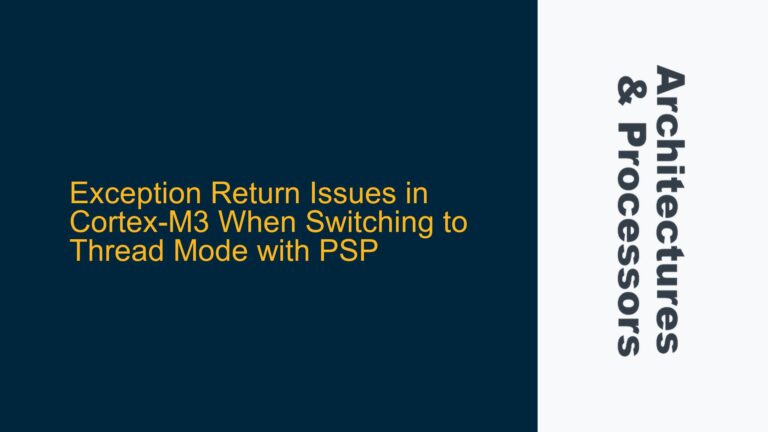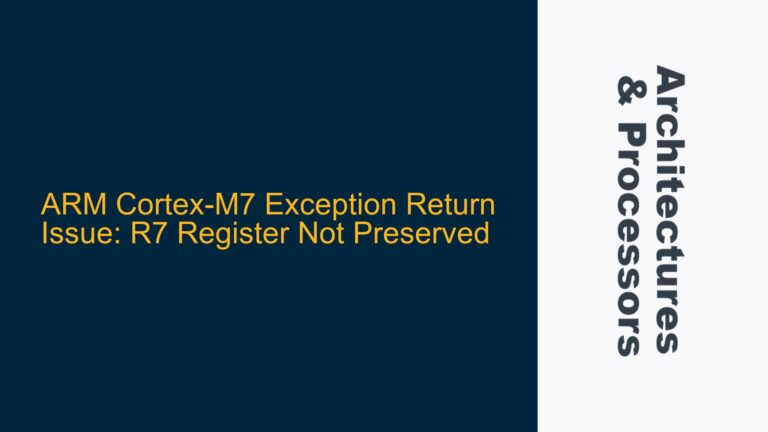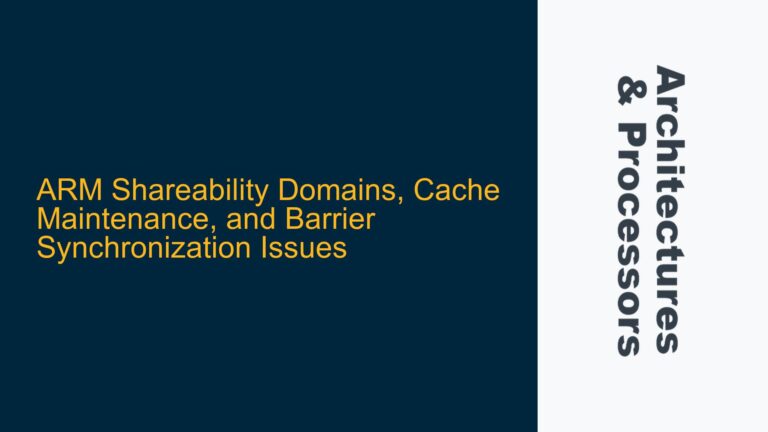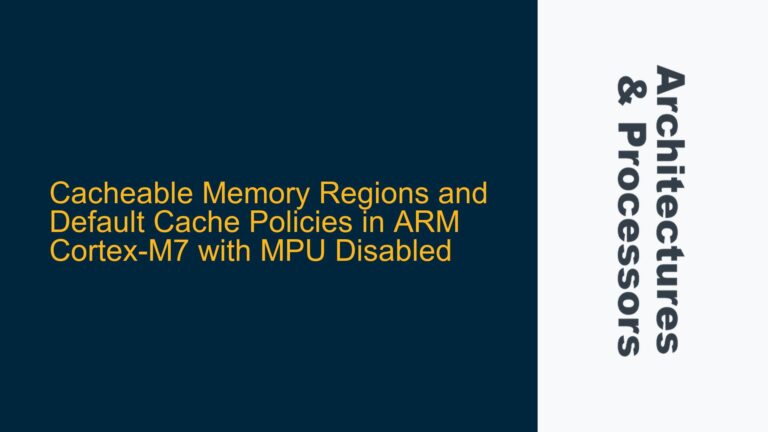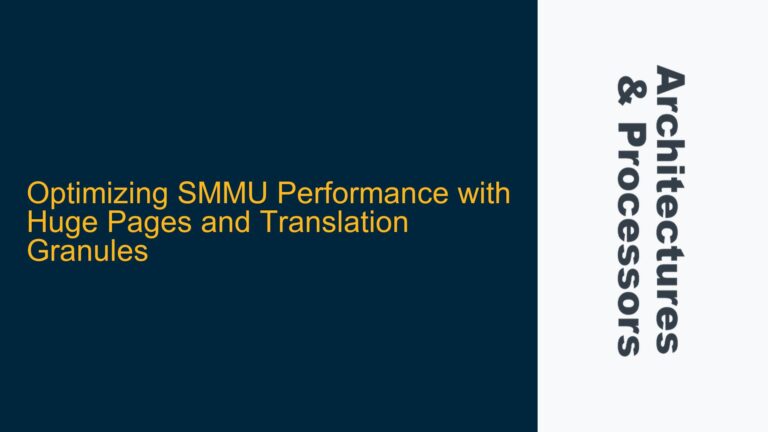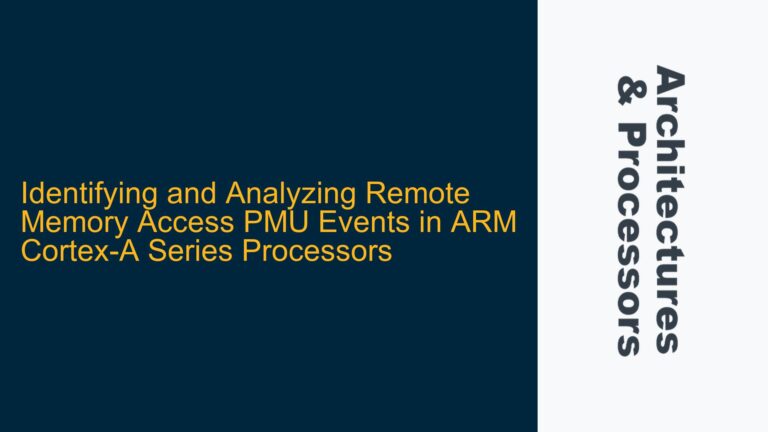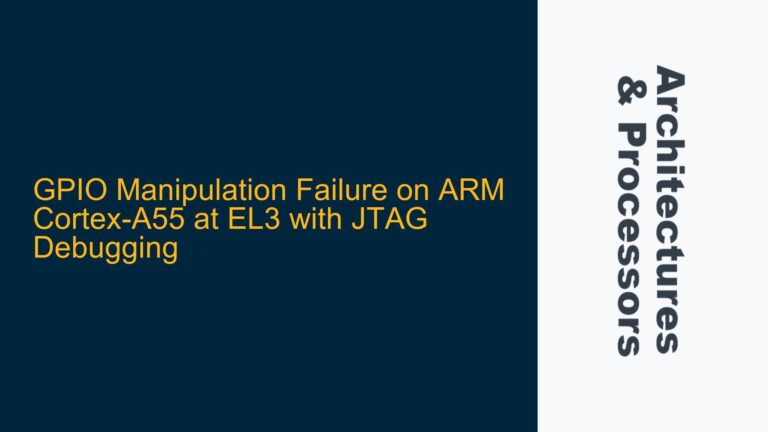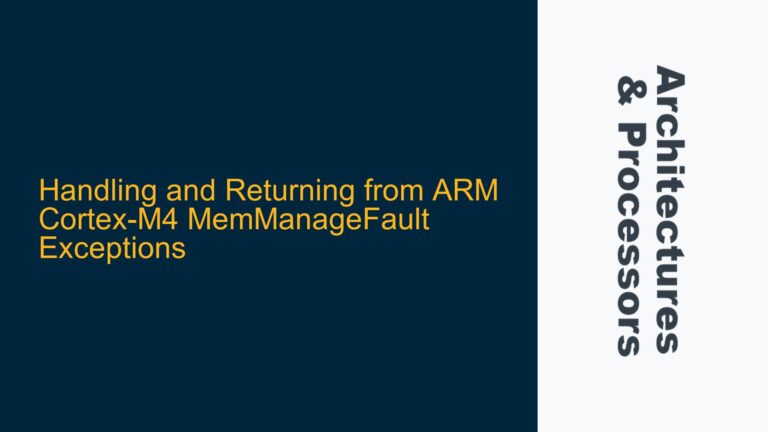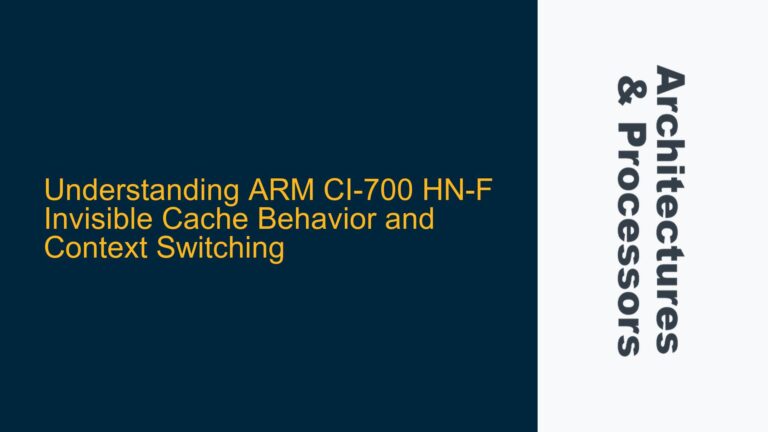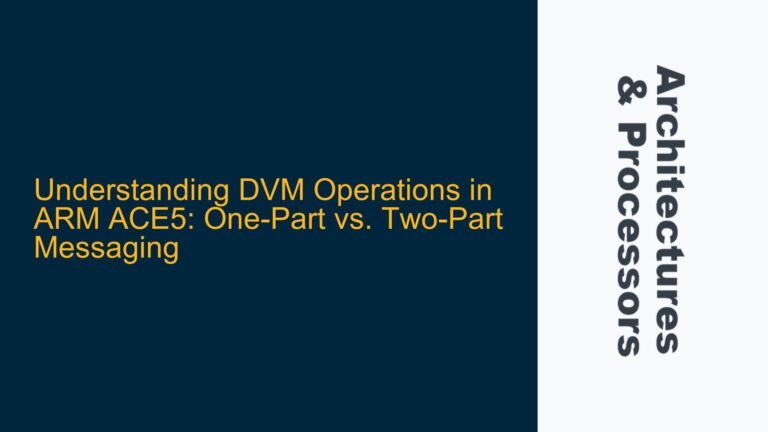Exception Return Issues in Cortex-M3 When Switching to Thread Mode with PSP
Exception Handling and Stack Pointer Transition in Cortex-M3 The Cortex-M3 processor, as part of the ARMv7-M architecture, employs a sophisticated exception handling mechanism that relies on two stack pointers: the Main Stack Pointer (MSP) and the Process Stack Pointer (PSP). The MSP is typically used in Handler Mode (privileged mode during exception handling), while the…
